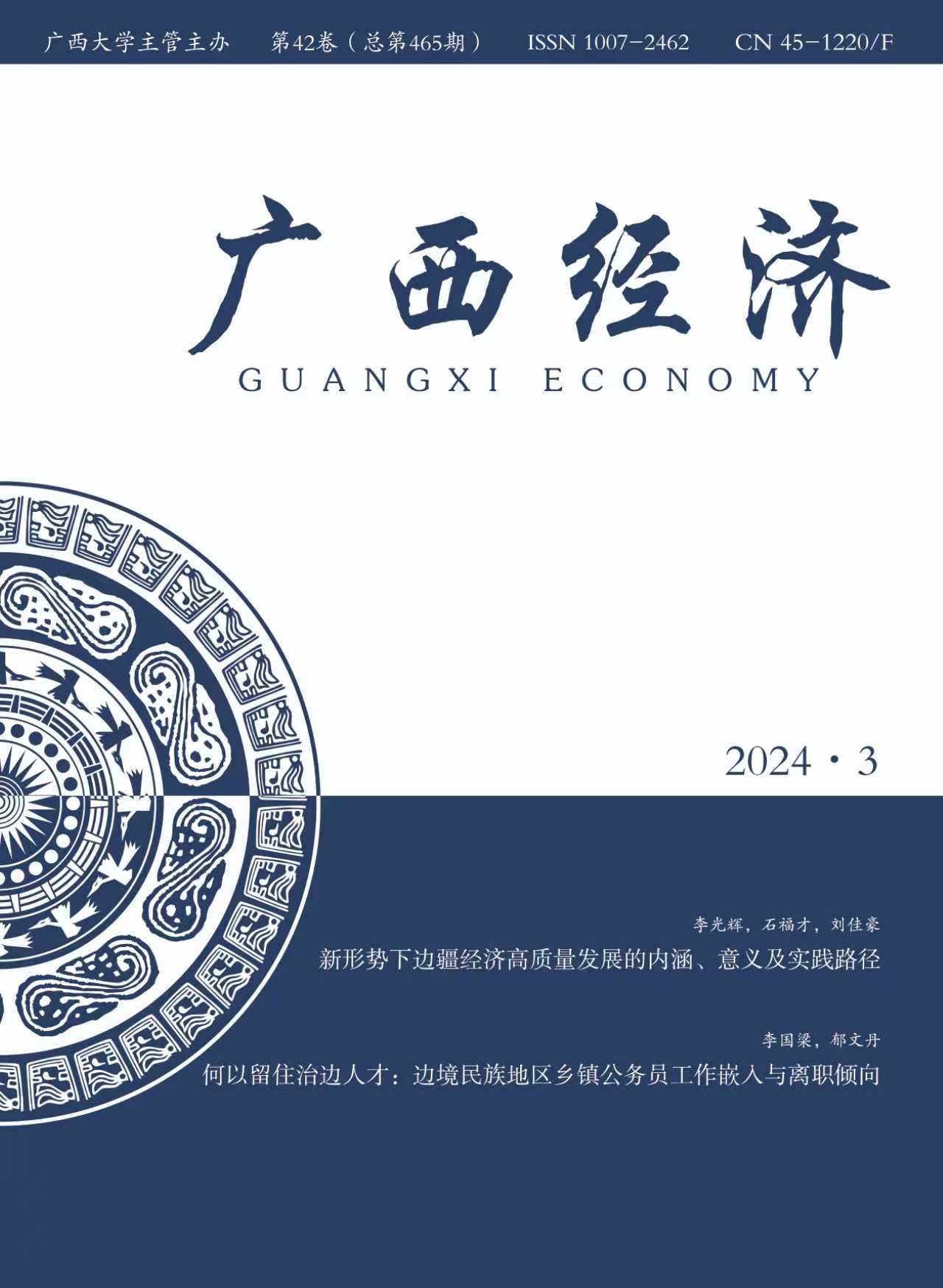Abstract: Utilizing sample data spanning from 2010 to 2021, this paper uses the entropy weight method to construct the digital economy index system and measure the development level of the digital economy in China and ASEAN countries. Furthermore, it examines the impact of the digital economy on bilateral trade between China and ASEAN countries through an extended trade gravity model.The calculation results of digital economy indicators show that the overall development index of the digital economy in China and ASEAN has increased from 13.62 in 2010 to 27.47 in 2021, indicating that the digital economy is developing rapidly. Notably, Singapore, China, and Mali exhibit a high level of digital economy maturity and consistent growth, whereas other nations lag behind, leaving ample room for further progress.The empirical results show that the development of the digital economy can significantly improve the bilateral trade volume between China and ASEAN, especially the export trade of ASEAN. Among the sub-indices, digital infrastructure, digital application, digital innovation competitiveness, and digital governance have all exhibited varying degrees of significance in facilitating China-ASEAN trade, whereas digital development alone does not significantly contribute to this augmentation. Additionally, disparities in digital economy development across countries can significantly expand the scope of bilateral trade, with a more profound influence on export trade. Among the segmented indicators, only digital infrastructure disparities emerge as a notable driver of bilateral trade.
Key words: digital economy; bilateral trade; gravity model of trade; digital divide

Reprinted from Guangxi Economic Journal, 2024,42(03):49-64.


 ADD:No.100 Daxue Road, Nanning, Guangxi, China
ADD:No.100 Daxue Road, Nanning, Guangxi, China Tel/Fax:+86-0771-3186687
Tel/Fax:+86-0771-3186687 Email: gse@gxu.edu.cn
Email: gse@gxu.edu.cn